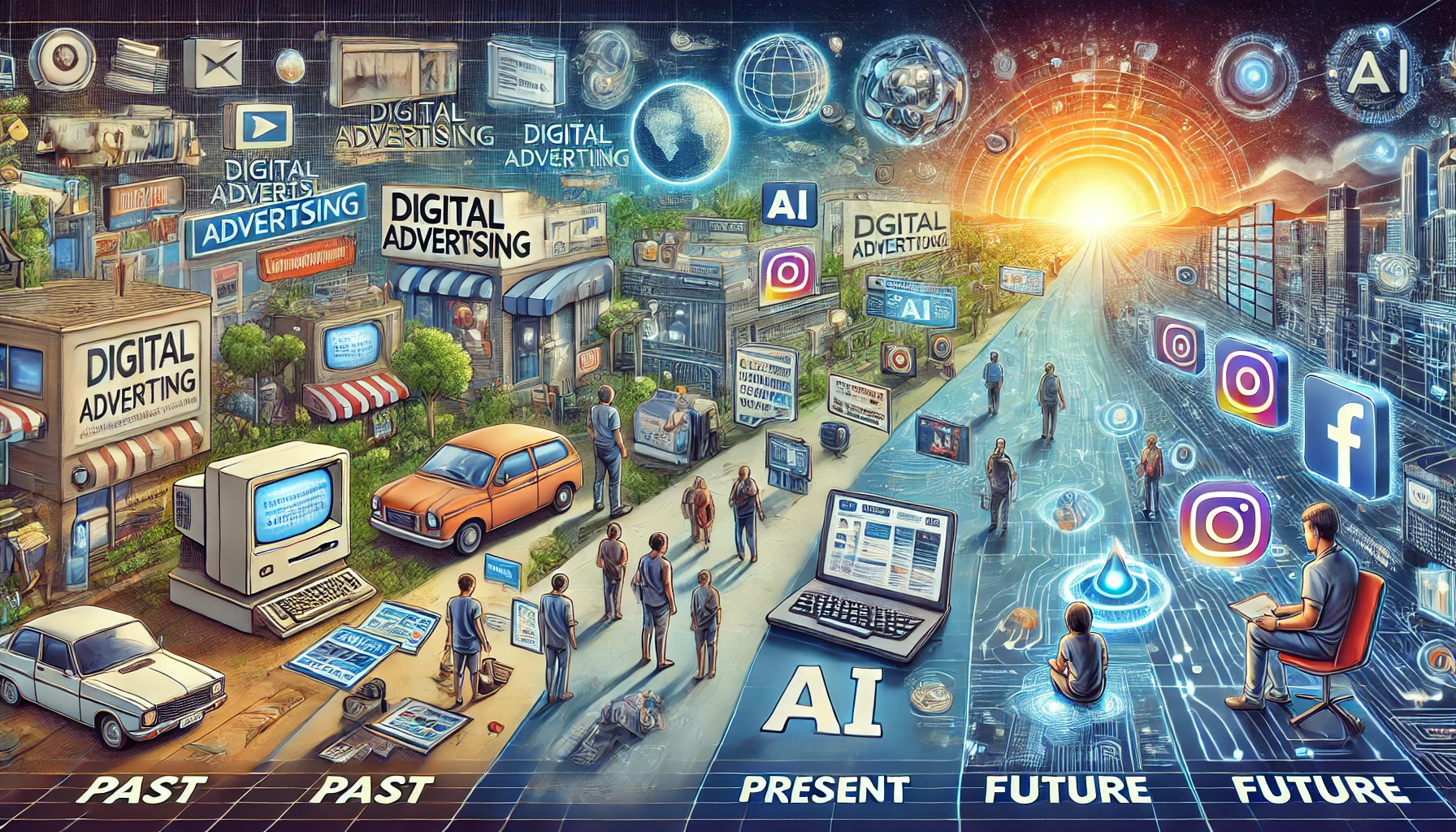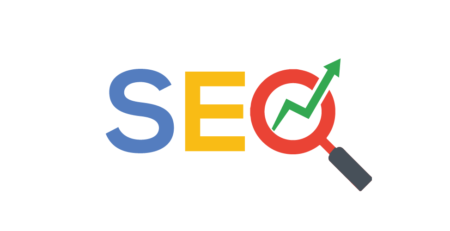The Evolution of Digital Advertising: Past, Present, and Future
The Early Days: The Origins of Digital Advertising
Digital advertising began in 1994 with the first banner ad displayed on HotWired.com. The ad was simple and straightforward, consisting of an image with a message urging users to click. Despite its simplicity, this ad signaled the start of a new era in advertising. Early digital ads were mainly static and designed to drive traffic to websites. However, they lacked the advanced targeting capabilities that we see in today’s ads. The early days of digital advertising were primarily experimental, with businesses trying to understand how to make the most of this new medium. The introduction of search engines, especially Google, in the early 2000s marked a significant shift in the industry.
Google’s introduction of AdWords, now Google Ads, was revolutionary. It allowed advertisers to bid on keywords and have their ads appear alongside search results. This pay-per-click (PPC) model changed how businesses approached digital advertising, making it more targeted and cost-effective. The rise of social media platforms like Facebook, Twitter, and LinkedIn in the mid-2000s further transformed the digital advertising landscape. These platforms introduced new ways for brands to engage with users, offering more personalized and targeted advertising options.
Present Day: The Current Landscape of Digital Advertising
Today, digital advertising is more advanced, personalized, and widespread than ever before. Programmatic advertising has revolutionized how ads are bought and sold, using automated systems and algorithms to place ads in real-time. This method ensures that the right ads are shown to the right audience at the right time, maximizing effectiveness and return on investment. Programmatic advertising has also made it easier for businesses of all sizes to access digital advertising opportunities, leveling the playing field. Mobile advertising has become increasingly important as more people access the internet through their smartphones.
Social media continues to be a dominant force in the digital advertising world, with platforms like Instagram, TikTok, and Snapchat leading the charge. These platforms offer innovative ways for brands to connect with their audiences, using influencer marketing, video ads, and interactive content to engage users. Privacy concerns and data protection regulations have also significantly impacted digital advertising practices. Regulations like the General Data Protection Regulation (GDPR) and the California Consumer Privacy Act (CCPA) have forced advertisers to be more transparent about how they collect and use data. As a result, there has been a shift toward more ethical and responsible advertising practices, focusing on building trust with consumers.
The Future: Emerging Trends in Digital Advertising
As we look to the future, several key trends are poised to shape the next phase of digital advertising. One of the most significant trends is the growing role of artificial intelligence (AI) and machine learning in ad targeting and content creation. AI-driven tools can analyze large amounts of data to predict consumer behavior, optimize ad placements, and create personalized content. These technologies will continue to play an increasingly important role in digital advertising, helping brands reach their audiences more effectively. Another trend that will impact digital advertising strategies is the rise of voice search.
With the growing popularity of smart speakers and voice assistants like Amazon Alexa and Google Assistant, brands will need to adapt their SEO and advertising strategies to cater to voice search queries. The metaverse, an immersive virtual world where users interact through avatars, also presents exciting opportunities for digital advertisers. Companies like Meta are investing heavily in developing the metaverse, and advertisers are exploring new ways to create engaging and interactive ad experiences in these virtual environments. Additionally, sustainability and social responsibility are becoming increasingly important to consumers. Brands will need to focus on promoting ethical practices and sustainability initiatives in their digital advertising campaigns, aligning their messages with the values of their target audiences. The future of digital advertising will require brands to be more adaptive, creative, and conscious of the impact their messages have on the world.
The Path Forward: Navigating the Future of Digital Advertising
The evolution of digital advertising, from simple banner ads to complex AI-driven campaigns, is a testament to the rapid pace of technological advancement. Digital advertising will continue to evolve, driven by new trends and innovations. As we move into the future, the key to success will be adaptability, creativity, and a deep understanding of the constantly changing digital landscape. Brands that can stay ahead of the curve and embrace emerging trends will be well-positioned to thrive in this dynamic and competitive industry.
The future of digital advertising will also require a focus on ethical and responsible practices. As consumers become more aware of privacy issues and demand greater transparency, brands will need to build trust through honest and transparent advertising strategies. Sustainability and social responsibility will also play a larger role, with consumers favoring brands that align with their values. Digital advertising has come a long way from its early days, and its future promises to be just as exciting and transformative. The path forward will be challenging, but for those willing to innovate and evolve, the possibilities are endless.










